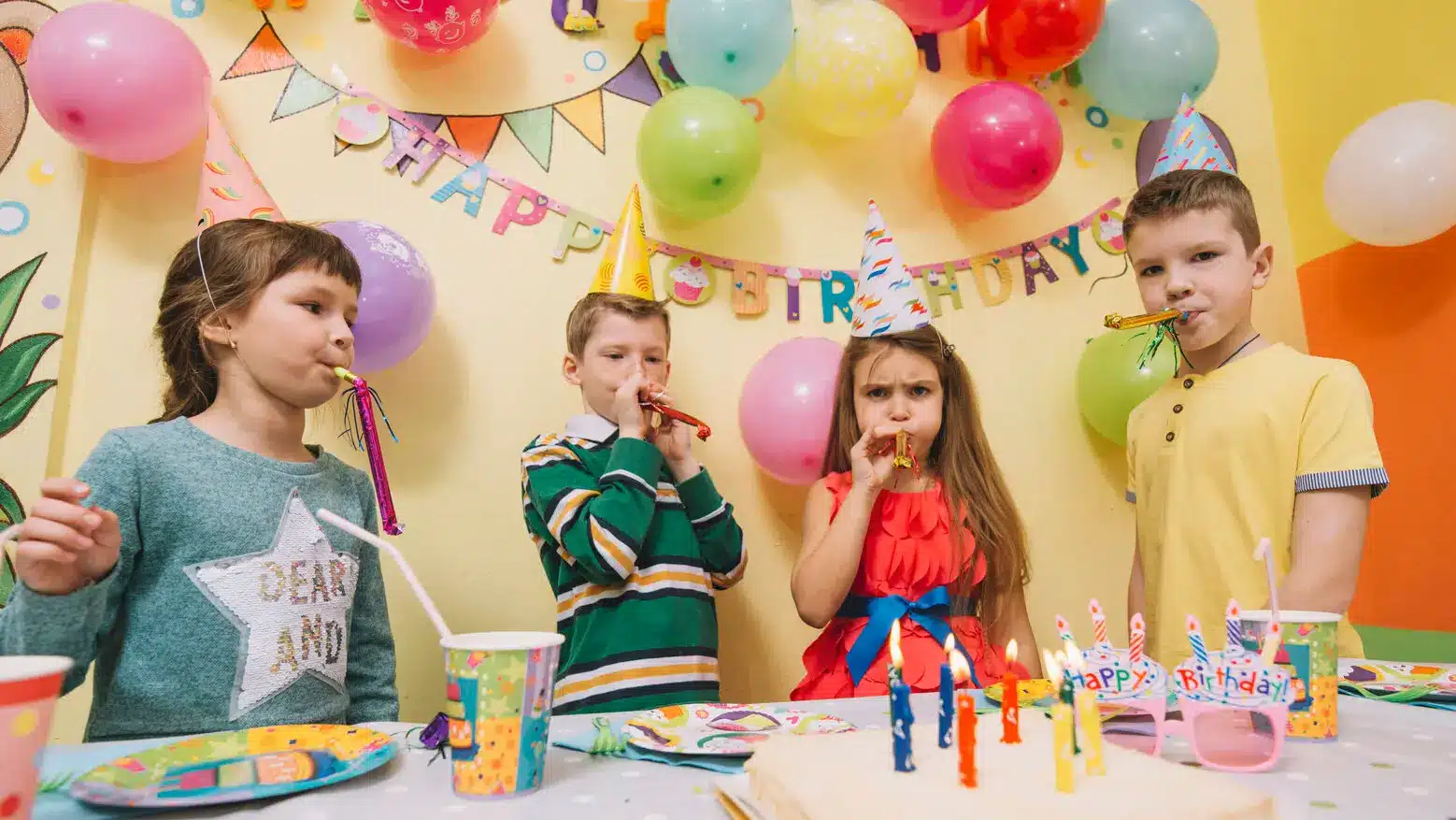In Australia, the timing of baby births can sometimes be influenced by larger social, economic, or cultural events. Here’s How Big Events Influence Baby Births In Australia—from celebrations like New Year’s Eve to significant national events, these moments often have a surprising impact on birth rates. In this article, we’ll explore how these big events shape when babies are born and the trends that follow in their wake.
How big events influence baby births in Australia
Births in Australia are influenced by a wide range of significant events, both nationally and internationally. The most critical events impacting birth rates include the Asian financial crisis, the 9/11 terrorist attacks, and the Australian mining boom.
The Asian financial crisis was a significant event that significantly impacted Australia’s birth rates. Between 1991 and 2001, birth rates in Australia decreased by 14%.
This was mainly due to increased levels of pre- and post-birth abortions, as well as lower levels of fertility. Birth rates began to grow again after the crisis ended, reaching their peak in 2005.
The 9/11 terrorist attacks were also significant in terms of influencing Australian birth rates. In 2002, there was a decrease in births across all age groups following the attacks.
However, deliveries to women aged 35-39 showed the most significant decline (-18%). This suggests that the attacks negatively affected younger mothers, who were more likely to give birth prematurely as a result.
The mining boom played a significant role in increasing Australian birth rates between 2004 and 2007. During this period, there was an increase in births to women aged 25-29 years (by 12%), while there was also an increase in births to women aged 30-34 years (by 10%). The main reason for these increases is young people’s rise in contraceptive use during this time.
Factors that influence baby births
Many factors influence baby births in Australia. These factors include maternal age, race, religion, marital status, and socioeconomic status.
Age is one of the most critical factors in baby births. Maternal age is typically divided into two categories: pre-pregnancy age and post-pregnancy age.
Pre-pregnancy period refers to the time before a woman knows she is pregnant. Post-pregnancy age refers to the time after a woman has given birth.
As women get older, their chances of having a baby decrease. This is because they are generally less fertile than younger women.
Other factors that can influence baby births include race and ethnicity. Aboriginal and Torres Strait Islanders have a higher risk of cesarean deliveries than other Australians due to cultural preferences for vaginal birth among this population. Religion also plays a role in influencing baby births.
For example, Catholics are more likely to deliver babies via cesarean section than non-Catholic Australians. Marital status can also affect how babies are born.
Married couples are more likely to give birth through natural childbirth than unmarried couples. Socioeconomic status also has an impact on how babies are born in Australia. Low-income families tend to have higher cesarean delivery rates than high-income families.
Read more about Having a Baby After Menopause…
How to prepare for a big event and have a happy childbirth
Some pregnant women dread the thought of a big event, but there are ways to make it less stressful and have a happy childbirth. Preparation includes knowing what to expect, taking care of your health, and reducing stress before the event.
Research has shown that births attended by celebrities or other high-profile people are more likely to be complicated, so planning for a low-key delivery is recommended.
This means avoiding things like being in the middle of a busy city during labor, which can increase your chances of having an obstetric emergency.
If you’re attending a big event such as a concert or sports game, try to arrive early so you can get settled and avoid long lines. Make sure you know where you need to go and what time the event starts.
For childbirth classes, check with your doctor if they are appropriate for you, given your medical history and anticipated labor timetable.
And finally, remember to have fun! Happy labor is backed by positive energy, so smile and have patience – things will go smoothly in the end!




